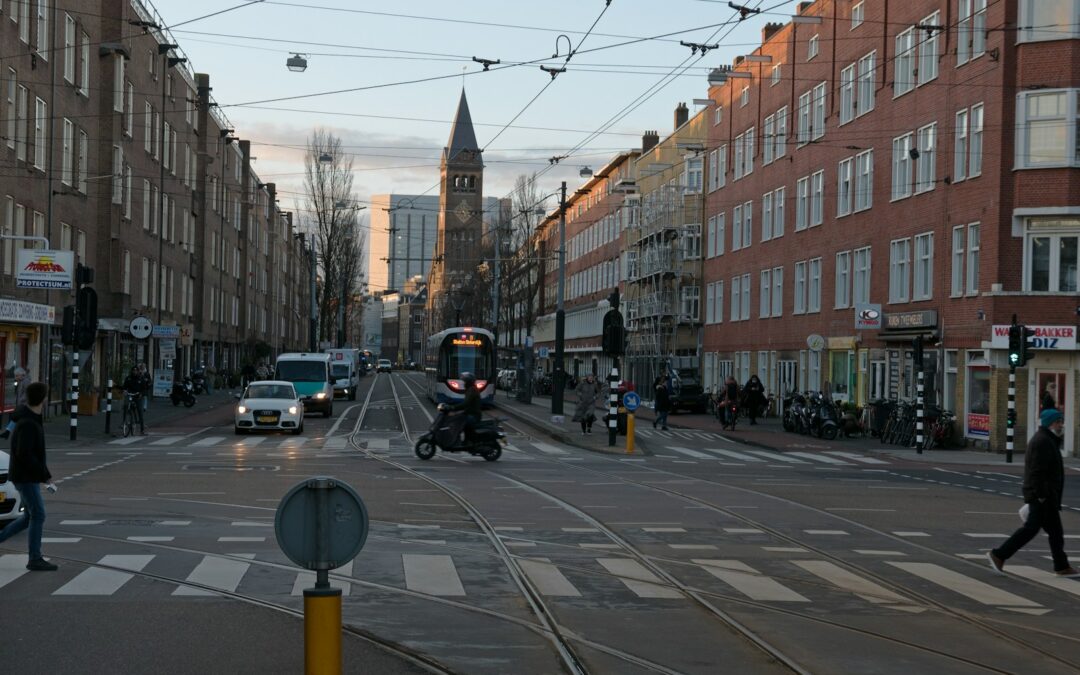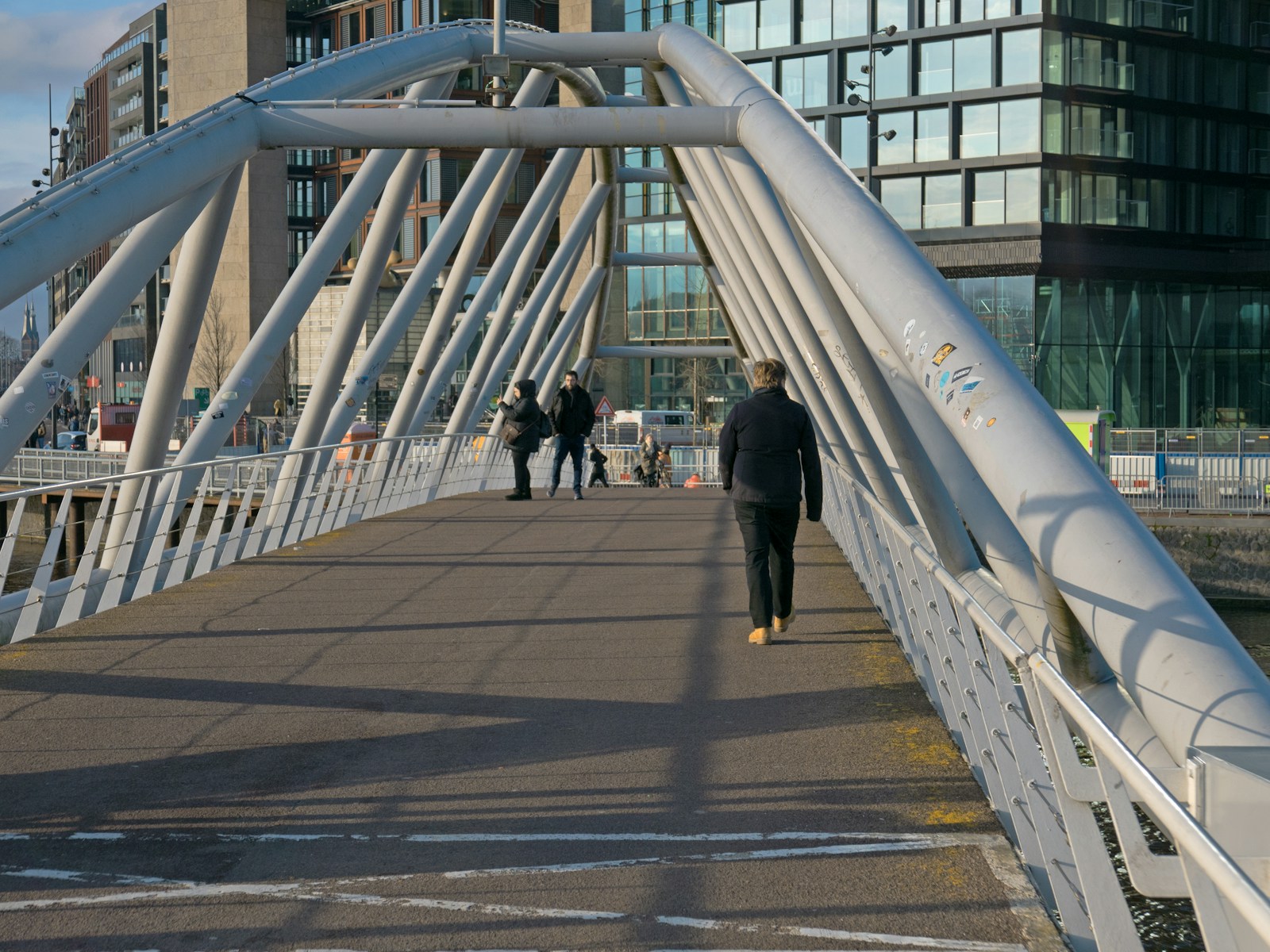Revolutionizing Urban Mobility with IoT-Enabled Smart Traffic Systems
Introduction: Future Trends in IoT-Enabled Smart Traffic Solutions
The future trends in IoT-enabled smart traffic solutions are set to redefine urban mobility and enhance the efficiency of city infrastructures. As urban populations grow, cities like Riyadh and Dubai face increasing challenges related to traffic congestion, pollution, and transportation efficiency. Leveraging the power of the Internet of Things (IoT), smart traffic solutions offer a promising approach to managing these complexities by enabling real-time data collection, analysis, and responsive traffic management. IoT-enabled systems can monitor traffic flow, optimize signal timings, and provide dynamic routing recommendations to alleviate congestion and improve travel times.
In Saudi Arabia and the UAE, where smart city initiatives are a key component of national development strategies, integrating IoT into traffic management not only addresses current mobility challenges but also supports broader goals of sustainability and economic growth. By deploying IoT sensors, connected traffic lights, and intelligent transportation systems, these cities can create more efficient, safer, and greener urban environments. For business executives, mid-level managers, and entrepreneurs, understanding the evolving landscape of IoT-enabled smart traffic solutions is essential for capitalizing on new opportunities and contributing to the development of future-ready cities.
Enhancing Traffic Management with Real-Time Data and AI
A significant future trend in IoT-enabled smart traffic solutions is the integration of real-time data analytics and artificial intelligence (AI) to enhance traffic management. IoT sensors deployed at key intersections, roadways, and public transport nodes continuously collect data on traffic flow, vehicle speeds, and congestion levels. This data is then analyzed by AI algorithms to predict traffic patterns, optimize traffic light timings, and provide real-time updates to drivers through connected apps and smart signage. In cities like Dubai, where traffic congestion can have significant economic and environmental impacts, these solutions are crucial for maintaining the flow of people and goods.
AI-driven predictive analytics also enable proactive traffic management by forecasting potential congestion and implementing measures to prevent it. For instance, if an AI system detects that a particular route is likely to become congested, it can automatically adjust traffic signals or suggest alternative routes to drivers. This dynamic management approach reduces the need for manual intervention and allows for a more responsive and adaptive traffic system. The integration of AI with IoT not only improves the efficiency of traffic management but also enhances the overall experience for commuters by reducing delays and improving journey times.
Connected Vehicles and V2X Communication: The Future of Urban Mobility
Another key trend in IoT-enabled smart traffic solutions is the rise of connected vehicles and Vehicle-to-Everything (V2X) communication. V2X technology allows vehicles to communicate with each other (V2V), with infrastructure (V2I), and with other road users, such as pedestrians and cyclists (V2P). This interconnected network enables vehicles to share information about their speed, location, and intended movements, which can be used to improve traffic flow and enhance safety. In Saudi Arabia, where road safety is a critical concern, V2X communication has the potential to significantly reduce accidents and improve driving conditions.
Connected vehicles equipped with IoT sensors can also interact with smart infrastructure, such as traffic lights and road signs, to receive real-time updates on traffic conditions and adjust their routes accordingly. This level of connectivity supports the development of autonomous vehicles, which rely on continuous data exchange to navigate safely and efficiently. In smart cities like Riyadh, integrating V2X communication with IoT-enabled traffic systems is a key step towards creating a more connected and intelligent urban mobility ecosystem.
Innovations and Challenges in IoT-Enabled Smart Traffic Solutions
Sustainable Urban Mobility through IoT-Driven Traffic Solutions
One of the most promising future trends in IoT-enabled smart traffic solutions is the focus on sustainability and reducing the environmental impact of urban transportation. IoT technologies can play a vital role in promoting sustainable urban mobility by optimizing public transport schedules, encouraging the use of low-emission vehicles, and supporting the integration of alternative transport modes such as cycling and walking. In the UAE, where reducing carbon emissions is a national priority, smart traffic solutions that minimize idle times and reduce fuel consumption are aligned with broader sustainability goals.
For example, IoT-enabled traffic management systems can prioritize public transport vehicles, such as buses and trams, at traffic signals, reducing delays and making public transport a more attractive option for commuters. Additionally, smart parking solutions that guide drivers to available parking spaces can reduce the time spent searching for parking, thereby decreasing congestion and emissions. By integrating these IoT-driven solutions, cities can promote more sustainable and efficient transportation networks that cater to the needs of residents and businesses alike.
Challenges in Implementing IoT-Enabled Smart Traffic Solutions
While the future trends in IoT-enabled smart traffic solutions are promising, there are several challenges that cities must address to fully realize their potential. One of the primary challenges is the need for significant investment in infrastructure, including the deployment of IoT sensors, connected traffic signals, and robust data management systems. For many cities, the cost of upgrading existing infrastructure can be a barrier to implementing comprehensive smart traffic solutions. However, with strategic planning and collaboration between public and private sectors, these challenges can be overcome.
Data privacy and security are also critical considerations in the implementation of IoT-enabled traffic solutions. As these systems collect and process vast amounts of data from vehicles and infrastructure, ensuring the security of this data is paramount. Cities must adopt stringent cybersecurity measures to protect against potential breaches and maintain public trust. Additionally, regulatory frameworks need to be developed to govern the use of data and ensure that privacy standards are upheld.
Conclusion: Embracing IoT for the Future of Urban Traffic Management
In conclusion, the future trends in IoT-enabled smart traffic solutions represent a transformative opportunity for cities to enhance urban mobility, improve safety, and support sustainability goals. As Saudi Arabia and the UAE continue to invest in smart city initiatives, integrating IoT with traffic management systems will be essential for creating efficient, connected, and future-ready urban environments. By leveraging real-time data, AI, and connected vehicle technologies, cities can develop intelligent traffic solutions that adapt to changing conditions and meet the needs of modern urban populations. For business leaders and city planners, embracing these innovations is crucial for driving the next wave of smart city development and ensuring the success of IoT-enabled urban mobility solutions.
—
#IoT #SmartTraffic #UrbanMobility #DigitalTransformation #SaudiArabia #UAE #SmartCities #TrafficManagement #Innovation #BusinessSuccess #ModernTechnology #AI #ConnectedVehicles #SustainableMobility










